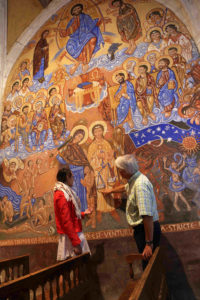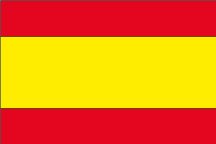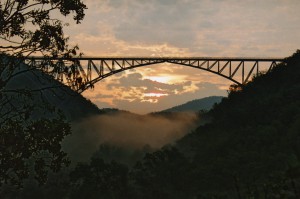Notre Dame de la Gardelle’s Church was built between the XIVth and the XVth centuries in a gothic-meridional style. Sheltered in a Cemetery of Villeneuve-sur-Vère, its main attraction is to be found in its mural frescoes painted by Nicolaï Greschny.
Détail
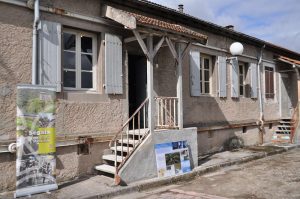
Near the Departmental Mine Museum, « The Polish’s house » is a witness of the importance of mining activity in the Carmausin basin.
Built after the First World War, it is located in the heart of the mining city of the Homps. The aim of this city was to house the foreign labors who came to fill the ranks of the miners.
Détail
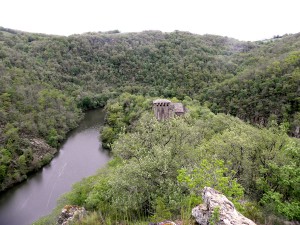
The discovering of Las Planques’ church has to be earned because, built on a rocky promontory, it is only reachable by foot. This beautiful roman edifice overlooks the river and the valley of the Viaur.
Constructed between the XIth century and the XIIIth, Our Lady of Las Planques owes its name from a footbridge which allowed the crossing over the Viaur to go to Tanus and Pampelonne. In Occitan, “plancas” signifies planks.
Détail
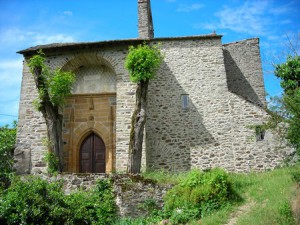 Through the gorges of the Viaur, your steps will take you to the Infournats, chapel hosting a gold wooden madonna from the XIIIth century.
Through the gorges of the Viaur, your steps will take you to the Infournats, chapel hosting a gold wooden madonna from the XIIIth century.
Détail
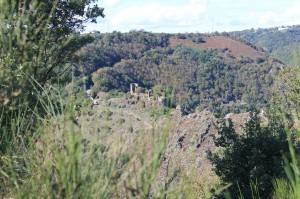
The Viaur is a real border. You understand why in the scenic beauty of its gorges, close to Pampelonne, stands, austere and majestic, the keep of Thuriès’ castle.
It’s certainly at the time of feudalism that the castle of Thuriès saw the light of day. A village would too have been built in the XIIIth century. Sadly, these days, we see no more vestiges of it.
Détail
Placed on the valley’s slopes, as light as a feather, the viaduct of the Viaur is a wonderful achievement by man. At 116m above ground level, it spans the Viaur with majesty. With its steel beam, its arches and its rivets, this metallic lace from the XIXth century, designed to support Toulouse-Rodez railway, is a work of the genius Paul Bodin.
Détail
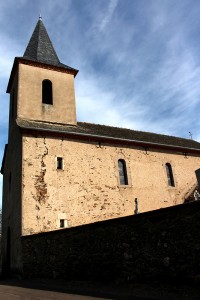
A story entirely tied to the Planques’ one is to be recounted here…
In the early XIXth century, inhabitants of Las Planques had progressively left the village to settle on plateaus. Fournials, hamlet of Tanus’ community, became the main place of worship.
In 1860, the roman chapel of Las Planques’ furnitures were shifted to Saint Salvi’s church of Fournials, shortly after the construction. And notably, the altarpiece dating from the XVIIth century.
Détail
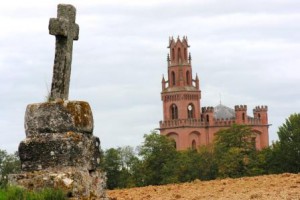
The « little cathedral » built on the municipalities of Albi, Lescure d’Albigeois and Cagnac-les-Mines, is called Notre Dame de La Drèche. This name emanates from albigenses’ dialect : « Nostro Damo de la Dresto », Our Lady of the Right Coast, in other words, the straight and steep path to access to it. Old deeds from the XVIIIth century mentioned it as “Beata Maria de Dextera”.
Détail
